How to sleep with indigestion. 12 Effective Strategies to Combat Nighttime Heartburn and Improve Sleep Quality
How can you prevent nighttime heartburn. What are the best sleeping positions for acid reflux. Which lifestyle changes can alleviate heartburn symptoms. How does diet impact nighttime heartburn. When should you consult a doctor about persistent heartburn.
Understanding Nighttime Heartburn and Its Impact on Sleep
Nighttime heartburn is a common issue that affects four out of five people who suffer from regular heartburn and acid reflux. The discomfort and bitter taste associated with this condition can significantly disrupt sleep patterns, making rest elusive for many individuals. While over-the-counter and prescription medications can treat symptoms once they occur, prevention is key in managing this disorder effectively.
Optimal Sleeping Positions to Alleviate Heartburn
The position in which you sleep can have a substantial impact on the frequency and severity of nighttime heartburn symptoms. Experts recommend the following strategies:

- Sleep on your left side: This position has been shown to reduce nighttime heartburn symptoms. Dr. David A. Johnson, internal medicine division chief at Eastern Virginia School of Medicine, suggests a simple memory trick: “Right is wrong.”
- Elevate your upper body: When lying flat, your throat and stomach are at the same level, making it easier for stomach acids to flow up your esophagus. To combat this, you can:
- Place 4- to 6-inch blocks under the head of your bed
- Use a wedge-shaped pillow that’s at least 6 to 10 inches thick on one end
It’s important to note that regular pillows are not an effective substitute for elevation, as they only raise your head and not your entire upper body.
Lifestyle Modifications to Prevent Nighttime Heartburn
Several lifestyle changes can significantly reduce the occurrence of nighttime heartburn:
- Lose weight: Even a small amount of weight loss (as little as two and a half pounds) can help reduce heartburn symptoms.
- Wear loose-fitting clothes: Tight clothing, especially around the waist, can put pressure on your stomach and exacerbate heartburn symptoms.
- Avoid trigger foods: Common culprits include alcohol, caffeinated drinks, chocolate, peppermint, garlic, onions, fatty or spicy foods, and acidic foods like citrus or tomato products. Keeping a food diary can help identify personal triggers.
- Time your meals wisely: Avoid eating two to three hours before bedtime to allow your stomach to partially empty its contents before sleep.
- Practice relaxation techniques: Stress can increase stomach acid production, so try deep breathing or meditation to promote relaxation during and after meals.
- Stay upright after eating: This reduces the risk of acid creeping up your esophagus. Avoid bending over or straining to lift heavy objects.
- Delay exercise: Wait a couple of hours after a meal before engaging in rigorous exercise to give your stomach time to empty.
- Chew gum: This encourages saliva production, which can soothe your esophagus and wash acid down into your stomach.
- Quit smoking: Cigarette smoke can irritate your GI tract and relax the esophageal muscles that keep stomach acid in place.
The Role of Diet in Managing Nighttime Heartburn
Diet plays a crucial role in managing nighttime heartburn. While trigger foods can vary from person to person, some general guidelines can help:

- Identify and avoid personal trigger foods
- Opt for smaller evening meals to reduce pressure on the stomach
- Limit alcohol and caffeinated beverages, especially close to bedtime
- Choose lean proteins and complex carbohydrates over fatty or fried foods
- Incorporate alkaline foods like bananas, melons, and green vegetables into your diet
How does meal timing affect nighttime heartburn? Eating large meals close to bedtime can increase the likelihood of acid reflux. Try to have your last meal of the day at least three hours before you plan to sleep. This allows your stomach time to digest and empty, reducing the risk of nighttime heartburn.
Medications and Their Impact on Heartburn
Certain medications can cause or worsen heartburn symptoms. These may include:
- NSAIDs (nonsteroidal anti-inflammatory drugs)
- Some osteoporosis drugs
- Certain heart and blood pressure medications
- Some hormone medications
- Certain asthma medications
- Some depression medications
If you suspect your medication may be contributing to your heartburn symptoms, it’s essential to consult with your healthcare provider. They can assess your individual situation and potentially adjust your treatment plan or suggest alternatives.

When to Seek Medical Attention for Heartburn
While occasional heartburn is common, persistent symptoms may indicate a more serious condition. You should consult your doctor if:
- Your heartburn doesn’t go away with lifestyle changes and over-the-counter treatments
- You experience difficulty swallowing
- Your heartburn causes vomiting
- You continue to have heartburn after using antacids for two weeks
Why is it crucial not to ignore persistent heartburn? Left untreated, chronic acid reflux can lead to serious complications. It may cause scarring and narrowing of the esophagus, and in severe cases, it can increase the risk of developing esophageal cancer. Therefore, it’s essential to address ongoing heartburn symptoms with a healthcare professional.
Long-term Consequences of Untreated Chronic Heartburn
Chronic, untreated heartburn can have significant long-term health implications. Gastroesophageal reflux disease (GERD), a chronic form of acid reflux, can lead to various complications if left unmanaged:

- Esophagitis: Inflammation of the esophagus
- Barrett’s esophagus: Changes in the lining of the esophagus that increase cancer risk
- Esophageal stricture: Narrowing of the esophagus due to scar tissue
- Dental problems: Erosion of tooth enamel due to stomach acid
- Respiratory issues: Chronic cough or asthma-like symptoms
How does chronic heartburn increase the risk of esophageal cancer? Persistent exposure to stomach acid can cause changes in the cells lining the lower esophagus, a condition known as Barrett’s esophagus. While not everyone with Barrett’s esophagus develops cancer, it significantly increases the risk. Regular monitoring and appropriate treatment can help manage this risk.
Importance of Early Intervention and Management
Early recognition and management of chronic heartburn are crucial in preventing these potential complications. By implementing lifestyle changes, adjusting your diet, and working closely with your healthcare provider, you can effectively manage symptoms and reduce the risk of long-term health issues associated with chronic acid reflux.

Advanced Treatment Options for Persistent Heartburn
When lifestyle modifications and over-the-counter medications prove insufficient, your doctor may recommend more advanced treatment options:
- Prescription medications: These may include stronger antacids, H2 receptor blockers, or proton pump inhibitors (PPIs)
- Surgical interventions: In severe cases, procedures like fundoplication may be considered to strengthen the lower esophageal sphincter
- Endoscopic treatments: Minimally invasive procedures to treat GERD without surgery
What factors determine the most appropriate treatment for chronic heartburn? The choice of treatment depends on various factors, including the severity and frequency of symptoms, response to previous treatments, and the presence of any complications. Your healthcare provider will consider your individual case to recommend the most suitable approach.
Emerging Therapies and Research
Research in the field of gastroesophagology continues to evolve, with new therapies and treatment modalities emerging:

- Magnetic sphincter augmentation devices
- Radiofrequency energy treatments
- Novel pharmaceutical approaches targeting different aspects of acid production and reflux
These advancements offer hope for more effective and less invasive management of chronic heartburn and GERD in the future.
Holistic Approaches to Managing Nighttime Heartburn
In addition to conventional medical treatments, some individuals find relief through holistic approaches:
- Acupuncture: Some studies suggest acupuncture may help alleviate GERD symptoms
- Herbal remedies: Certain herbs like licorice root, chamomile, and marshmallow root may have soothing effects on the digestive system
- Mindfulness and stress reduction techniques: Practices like yoga and meditation can help manage stress-related heartburn
- Dietary supplements: Probiotics and digestive enzymes may support overall digestive health
While these approaches may provide relief for some individuals, it’s important to consult with a healthcare provider before incorporating them into your treatment plan, especially if you’re taking other medications.
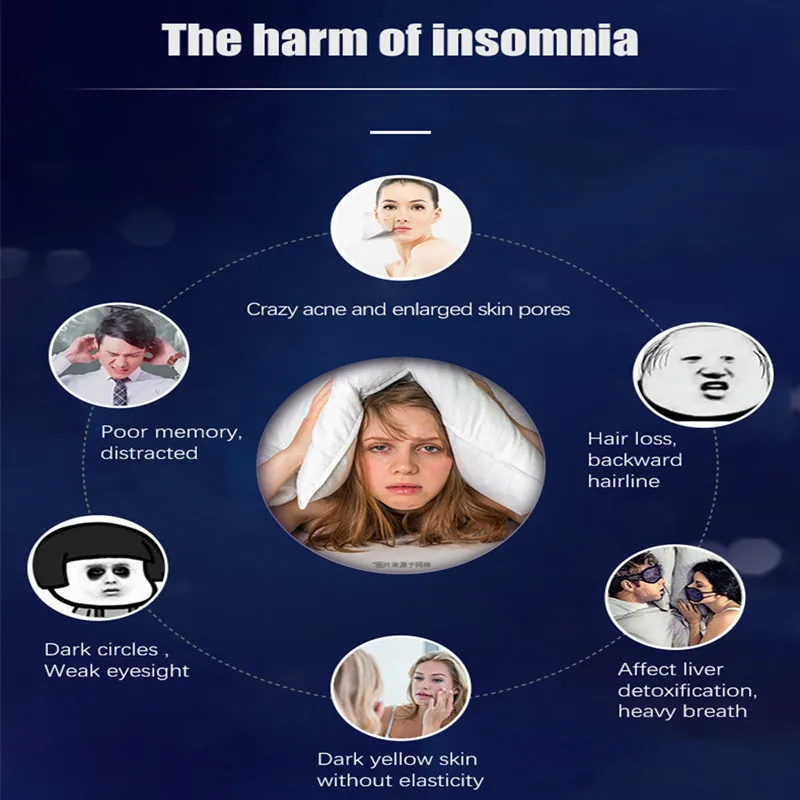
The Role of Gut Health in Heartburn Management
Emerging research suggests a connection between gut health and the occurrence of heartburn and GERD. Maintaining a healthy gut microbiome through diet, probiotics, and lifestyle choices may contribute to better digestive function and reduced reflux symptoms.
How does gut health influence heartburn symptoms? A balanced gut microbiome can support proper digestion, help maintain the integrity of the esophageal lining, and potentially reduce inflammation associated with acid reflux. Incorporating fermented foods, fiber-rich vegetables, and probiotic supplements may help promote a healthy gut environment.
Creating a Sleep-Friendly Environment for Heartburn Sufferers
Optimizing your sleep environment can significantly impact the quality of rest for those prone to nighttime heartburn:
- Invest in an adjustable bed frame to easily elevate your upper body
- Use supportive pillows that maintain proper spinal alignment while elevating your head and chest
- Ensure your bedroom is cool, dark, and quiet to promote better sleep
- Consider using a white noise machine to mask any disruptive sounds
- Opt for breathable, loose-fitting sleepwear to reduce pressure on your abdomen
Why is a consistent sleep schedule important for managing nighttime heartburn? Maintaining a regular sleep routine helps regulate your body’s circadian rhythms, which can influence digestive processes and hormone production. Aim to go to bed and wake up at the same time each day, even on weekends, to support your body’s natural rhythms and potentially reduce the occurrence of nighttime heartburn.

The Impact of Sleep Quality on Overall Health
Addressing nighttime heartburn is not just about managing discomfort; it’s also crucial for ensuring adequate sleep quality. Poor sleep can have far-reaching effects on your overall health, including:
- Increased risk of cardiovascular disease
- Impaired cognitive function and memory
- Weakened immune system
- Higher likelihood of mood disorders like depression and anxiety
- Disrupted hormone balance, potentially affecting weight and metabolism
By effectively managing nighttime heartburn, you’re not only alleviating immediate discomfort but also investing in your long-term health and well-being.
Developing a Comprehensive Management Plan for Nighttime Heartburn
Effectively managing nighttime heartburn often requires a multifaceted approach. Here’s how to develop a comprehensive plan:
- Consult with a gastroenterologist to accurately diagnose your condition and rule out any underlying issues
- Implement recommended lifestyle changes, including dietary modifications and sleep positioning
- Work with your healthcare provider to find the right medication regimen, if necessary
- Incorporate stress-reduction techniques into your daily routine
- Create a sleep-friendly environment that supports elevated sleeping
- Keep a symptom journal to track triggers and the effectiveness of various interventions
- Schedule regular follow-ups with your healthcare provider to assess progress and adjust your plan as needed
How often should you review and adjust your heartburn management plan? It’s advisable to reassess your plan every few months or whenever you experience significant changes in symptoms. This allows for timely adjustments and ensures your management strategy remains effective over time.

The Importance of Patient Education and Self-Advocacy
Being well-informed about your condition and actively participating in your treatment plan can lead to better outcomes. Take the time to:
- Educate yourself about GERD and its management from reliable sources
- Ask questions during medical appointments to fully understand your condition and treatment options
- Join support groups or online communities to share experiences and learn from others
- Stay updated on new research and treatment options in the field
By taking an active role in your health management, you can work more effectively with your healthcare team to achieve optimal control of your nighttime heartburn symptoms and improve your overall quality of life.
12 Tips for Nighttime Heartburn Relief
Written by Wendy C. Fries
Medically Reviewed by Dan Brennan, MD on March 17, 2022
- 12 Tips for Nighttime Heartburn Relief
- Heartburn: When You Should See Your Doctor
Nighttime heartburn affects four out of five people who suffer regular heartburn and acid reflux. The discomfort and bitter taste can make sleep uncomfortable, even elusive.
While over-the-counter and prescription drugs can treat symptoms once you have heartburn, “the cornerstone of treatment for any disease or disorder is prevention,” say Lawrence J. Cheskin, MD, and Brian E. Lacy, MD, PhD, in their book Healing Heartburn.
Fortunately, sometimes all it takes to prevent nighttime heartburn is a few lifestyle changes. WebMD turned to the heartburn experts to get their tips on stopping nighttime heartburn before it hits — so you can sleep well tonight.
1. Sleep on your left side.This position seems to help reduce nighttime heartburn symptoms, says David A. Johnson, MD, internal medicine division chief at Eastern Virginia School of Medicine, Norfolk, Va. To remember which side to sleep on, Johnson offers this memory trick: Right is wrong.
Johnson, MD, internal medicine division chief at Eastern Virginia School of Medicine, Norfolk, Va. To remember which side to sleep on, Johnson offers this memory trick: Right is wrong.
2. Lose weight, even a little. Heartburn often just gets worse as you gain weight, but losing as little as two and a half pounds can help reduce heartburn symptoms, Johnson says.
3. Sleep with your upper body elevated. When you lay flat in bed, your throat and stomach are basically at the same level, making it easy for stomach acids to flow up your esophagus, causing heartburn. You can elevate your body in two ways:
- Put the head of your bed on 4- to 6-inch blocks.
- Sleep on a wedge-shaped pillow that’s at least 6 to 10 inches thick on one end. Don’t substitute regular pillows; they just raise your head, and not your entire upper body.
4. Wear loose-fitting clothes. Tight clothes, especially near your waist, can put pressure on your stomach, leading to heartburn symptoms.
5. Avoid foods that trigger your heartburn. Foods that trigger heartburn differ from person to person. Common foods and drinks that can cause heartburn and interrupt sleep include alcohol; caffeinated drinks like colas, coffee, and tea; chocolate and cocoa; peppermint; garlic; onions; milk; fatty, spicy, greasy, or fried foods; and acidic foods like citrus or tomato products. Keep a food diary to help you track which foods may trigger your heartburn.
6. Steer clear of late-night meals or big meals. Avoid eating meals two to three hours before bedtime to reduce stomach acid and allow the stomach to partially empty its contents before you sleep, suggests the American Gastroenterological Association. Because large meals put pressure on your stomach, try eating a smaller meal in the evening to help prevent nighttime heartburn symptoms.
7. Relax when you eat. Feeling stressed when you eat in a rush can cause the stomach to produce more stomach acids. Relax after your meal as well — but don’t lay down. Some pros recommend trying relaxation techniques like deep breathing or meditation.
Some pros recommend trying relaxation techniques like deep breathing or meditation.
8. Stay upright after eating. This reduces the risk of acid creeping up your esophagus. You’ll also want to avoid bending over or straining to lift heavy objects.
9. Wait to exercise. Allow a couple of hours after a meal before rigorous exercise. This gives your stomach time to empty itself.
10. Chew gum. Chewing gum encourages the production of saliva, which can soothe your esophagus and wash acid down into your stomach.
11. Quit smoking.Smoking is a double threat when it comes to heartburn. Not only can cigarette smoke irritate your GI tract, but smoking can also relax the esophageal muscles that keep stomach acid where it belongs.
12. Talk to your doctor about the medications you take. Some medications may cause or worsen heartburn, including NSAIDs, some osteoporosis drugs, some heart and blood pressure drugs, some hormone medications, some asthma medications, and some depression medications. Just as everyone’s food triggers for heartburn can be different, so can medication triggers.
Just as everyone’s food triggers for heartburn can be different, so can medication triggers.
If lifestyle changes don’t help you manage your heartburn, it may be time for medication or other treatment. Call your doctor if:
- Your heartburn doesn’t go away.
- You have trouble swallowing.
- Your heartburn causes vomiting.
- You still have heartburn after using antacids for two weeks.
Never ignore persistent heartburn. Left untreated, chronic acid reflux can scar and narrow your esophagus, cautions Gary Gitnick, MD, chief of digestive diseases/gastroenterology at UCLA. At its worst, untreated chronic heartburn — a symptom of gastroesophageal reflux disease (GERD) — can develop into esophageal cancer.
Top Picks
Best Sleeping Position For Acid Reflux: Sleeping with Acid Reflux
By: SleepScore Labs
|
April 22nd, 2019
Do you experience burning in your throat, regurgitation, choking, coughing, or heartburn during sleep? All of these may disturb your sleep throughout the night. But what could be the cause? Short answer: Stomach acid, when it escapes out of your stomach to the esophagus and sometimes even up into your lungs, throat, and sinuses.
But what could be the cause? Short answer: Stomach acid, when it escapes out of your stomach to the esophagus and sometimes even up into your lungs, throat, and sinuses.
People with acid reflux, or gastroesophageal reflux disease (GERD), usually experience these symptoms at night. If you’re one of them, know that you’re not alone. It’s more common than you may expect. GERD affects up to 13% of the global population at least once a week. And, 25% of people with GERD experience poor sleep, which could be from nocturnal gastroesophageal reflux (GER), a type of GERD, with the other being upright or daytime GERD.
Supine or nocturnal gastroesophageal reflux usually occurs when acid moves back up to a person’s esophagus while lying down and mostly happens at night before or during sleep. This condition may cause sleep issues and prevent a person from getting a good night’s rest.
Let’s take a look into the sleep positions that may reduce your GERD symptoms and help you get a better night’s sleep, as well as the sleep positions to avoid because they may aggravate your symptoms at night.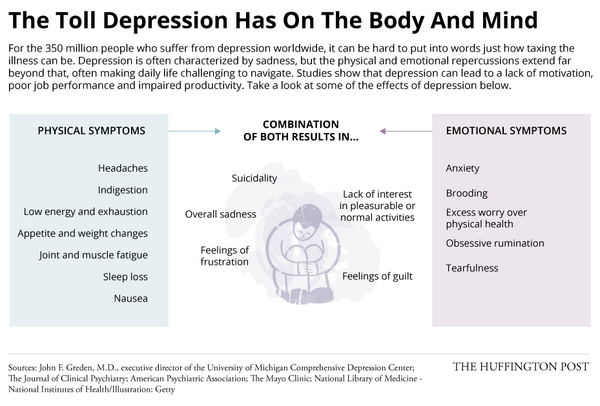
What is GERD?
Gastroesophageal reflux disease (GERD) is a common chronic gastrointestinal condition that happens when the contents in the stomach escape out of it into the esophagus. The most common symptom of GERD is heartburn, which may come with a sour taste in the mouth. A person with GERD may also experience acid regurgitation, bloating, nausea, and belching.
What Causes Acid Reflux at Night?
Acid reflux happens when the muscles at the lower part of the esophagus (called the lower esophageal sphincter), which stop food from leaving the stomach, become weak or relaxed. However, gravity and anatomy play a massive role in the occurrence of nocturnal GERD symptoms.
During the day, you are more likely to be upright—standing or sitting up. So when stomach acid escapes, gravity and saliva quickly return the content to the stomach. You’re also more likely to manage GERD symptoms by staying upright, swallowing saliva, or taking antacids when you’re awake.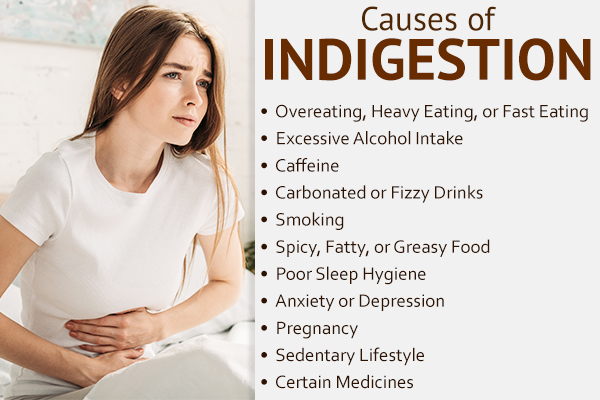
Plus, when upright, your esophagus naturally flows down into your stomach. This quick return of acid to your stomach typically makes your symptoms shorter and minimizes the potential harm acid can cause to the delicate lining of your esophagus.
Evidence shows that acid reflux usually happens in the first two or three hours of sleep. It usually occurs when a person lays down soon after consuming heavy meals. Studies suggest that those with GERD are more likely to experience acid reflux when they consume heavy meals late at night (about two hours before bedtime).
Other factors that may trigger acid reflux include
- Consuming fatty foods, spicy foods, alcohol, and caffeine
- Smoking tobacco
- Stress
- Pregnancy
- Weight gain
- Taking drugs that affect the functioning of the esophagus like anticholinergic drugs (e.g., antidepressants and muscle relaxants) and anti-inflammatory drugs (like diclofenac and ibuprofen)
Acid reflux sleeping positions
You don’t have to sleep sitting upright to take advantage of the effects of gravity and anatomy on the occurrence of GERD. Still, how you sleep can directly affect how often you feel symptoms, how severe those symptoms are, and how long the acid sits in your esophagus.
Still, how you sleep can directly affect how often you feel symptoms, how severe those symptoms are, and how long the acid sits in your esophagus.
The good news is that you can drastically change your nights by changing the way you sleep. But first, consult with your doctor if you suspect you have GERD or any other condition that may be disturbing your sleep.
Left Side
Sleep on your left side. Gravity will work in your favor on your left side as your stomach now stays below your esophagus, making reflux more difficult.
Should stomach acid escape, gravity can return it to your stomach quicker than when on your right side or on your back which is why the left is usually the best side to sleep on to avoid acid reflux. Plus, lying down on your left side produces reflux symptoms that tend to be more gaseous, which may be annoying but much less distressing than liquid reflux that comes with lying down on your right side.
Studies show that symptoms are less frequent and less severe when a person sleeps on their left side rather than their right side or back, making it a more desirable sleep position for people with GERD.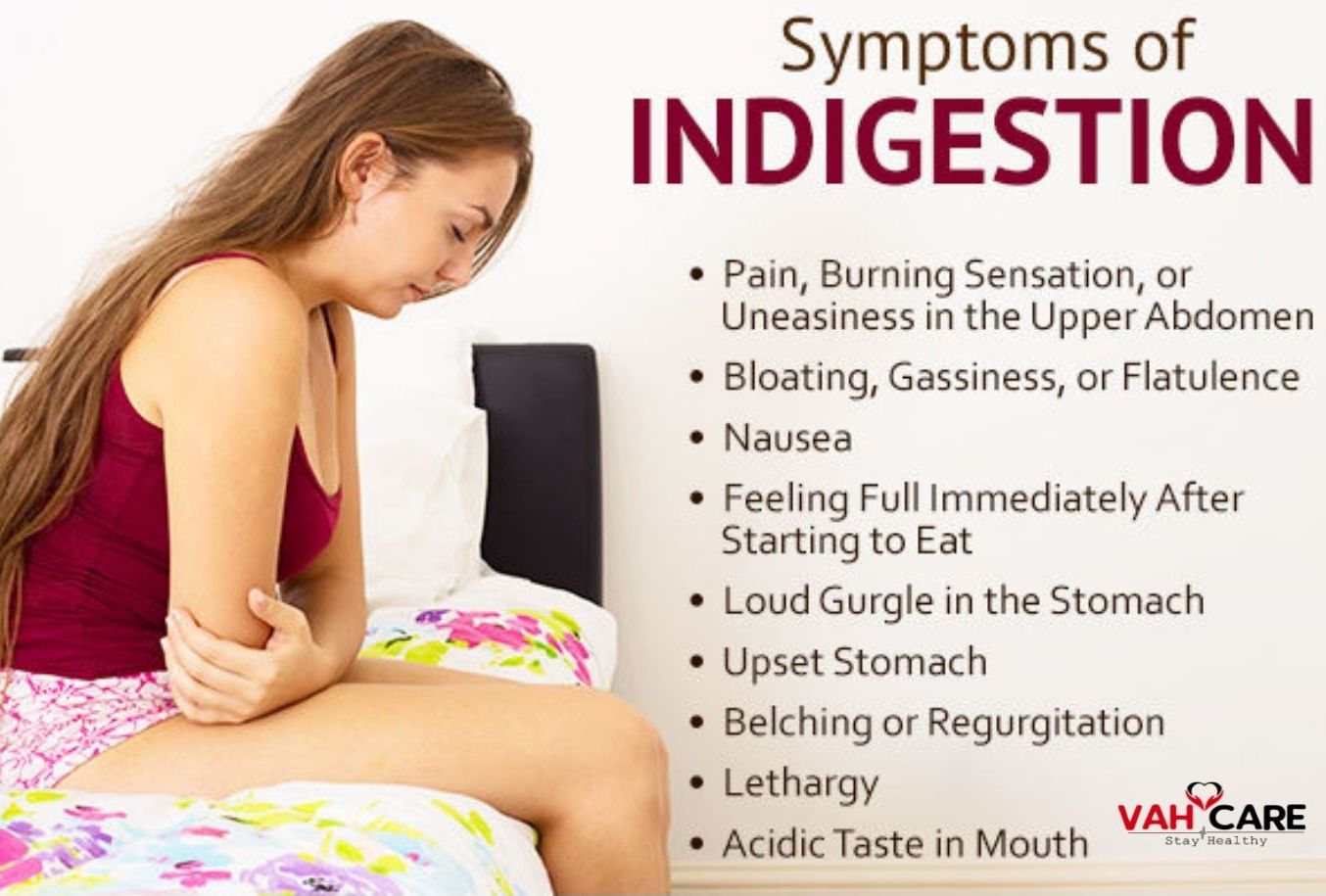
Talk to your doctor if you’re experiencing any symptoms that are affecting your sleep.
Benefits of Sleeping at an Incline
Sleeping at an incline means sleeping with your head elevated 6 to 8 inches off your body by putting extra pillows under your head and upper back.
According to an article published in the journal Missouri medicine, head of bed elevation (sleeping at an incline) is proven to manage GERD. It limits how often stomach acid escapes to the esophagus, allows your body to get stomach acid back to your stomach quicker, and reduces the symptoms of GERD. Likewise, a 2012 study suggests that elevating the head while lying down may reduce nighttime acid reflux and help manage heartburn and poor sleep from nocturnal gastroesophageal reflux.
As long as your entire torso is raised (not just your head and neck), sleeping at an incline gives gravity a power boost to return stomach acid to your stomach and keep it there.
Speak with your doctor if you think you have GERD or any other sleep disorder so they can prescribe interventions appropriate for your case.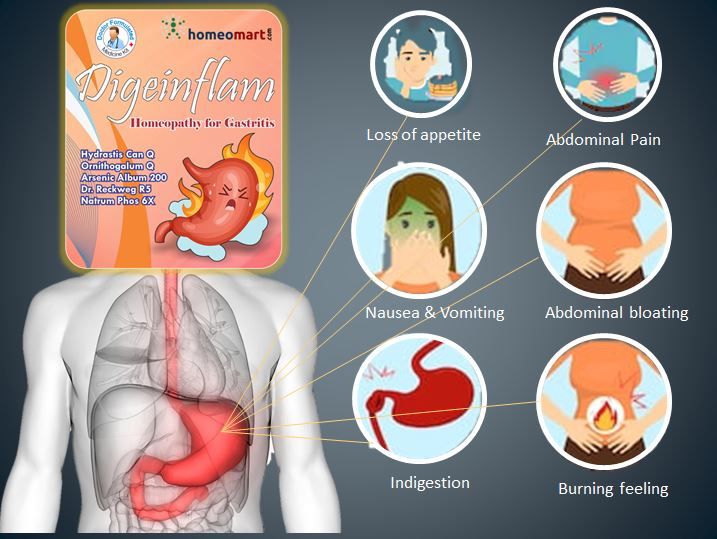
Sides to Avoid Sleeping on for Acid Reflux
What may be the best sleeping position for some could aggravate GERD symptoms and impair sleep in people with GERD.
Here are two sleeping positions people with GERD should avoid.
Back Sleeping: Avoid Whenever Possible
Sleeping on the back increases how often acid reflux happens at night.
When you sleep flat on your back and acid escapes from your stomach, it can flow freely into your esophagus and remain there.
Studies show that symptoms are often more frequent in this position and tend to last longer because the acid cannot flow back to the stomach.
Your symptoms may also be more severe if you have stomach fat—which pushes down on your stomach forcing contents to escape. Back sleeping should be the #1 position to avoid at night if you suffer from nighttime acid reflux.
Right Side: It’s Not Right for Acid Reflux
Position #2 to avoid at night is sleeping on your right side.
When lying on your right side, your stomach is actually above your esophagus, creating a leaky faucet spouting stomach acid into the delicate lining of your esophagus. This is especially true when your stomach is full.
Interestingly, when lying flat on your right side, your reflux symptoms tend to be more liquid, leading to regurgitation, coughing, and choking, which can be very devastating in the middle of the night. Since gravity is doing nothing for you in this position, the amount of time acid lingers in your esophagus is much longer.
A study showed that people who sleep on their right side get an earlier diagnosis of GERD when they have it than those who sleep on their left, which is telling on how severe nocturnal GERD symptoms are when a person sleeps on their right side.
Best Sleep Position for Acid Reflux: Incline + Left-Side
Sleeping on your back is generally not recommended for most people with GERD. You may also want to avoid sleeping on your right side. So what’s the best way to sleep to reduce nighttime acid reflux?
So what’s the best way to sleep to reduce nighttime acid reflux?
What if you take the best sleeping position, the left side, and add an incline? Could the benefits be more than the sum of its parts?
A 2015 study suggests that this is indeed the case.
The compound inclined, the left-side sleeping position makes acid reflux at night virtually impossible because your esophagus is now positioned well above the level of stomach contents, even if your stomach is full.
And, if you do reflux, gravity can quickly return the contents to your stomach. This sleep position may decrease your GERD symptoms and protect you from prolonged acid exposure to your esophagus, throat, lungs, and sinuses.
So, what’s the secret to controlling your acid reflux symptoms at night and finally getting good, quality sleep? Proper sleep positioning.
Find relief with the ideal position that maximizes the power of gravity and anatomy. Choose the MedCline Reflux Relief System, specifically designed to create and maintain the inclined, left-side position, clinically proven to be effective for natural relief from nighttime acid reflux or GERD.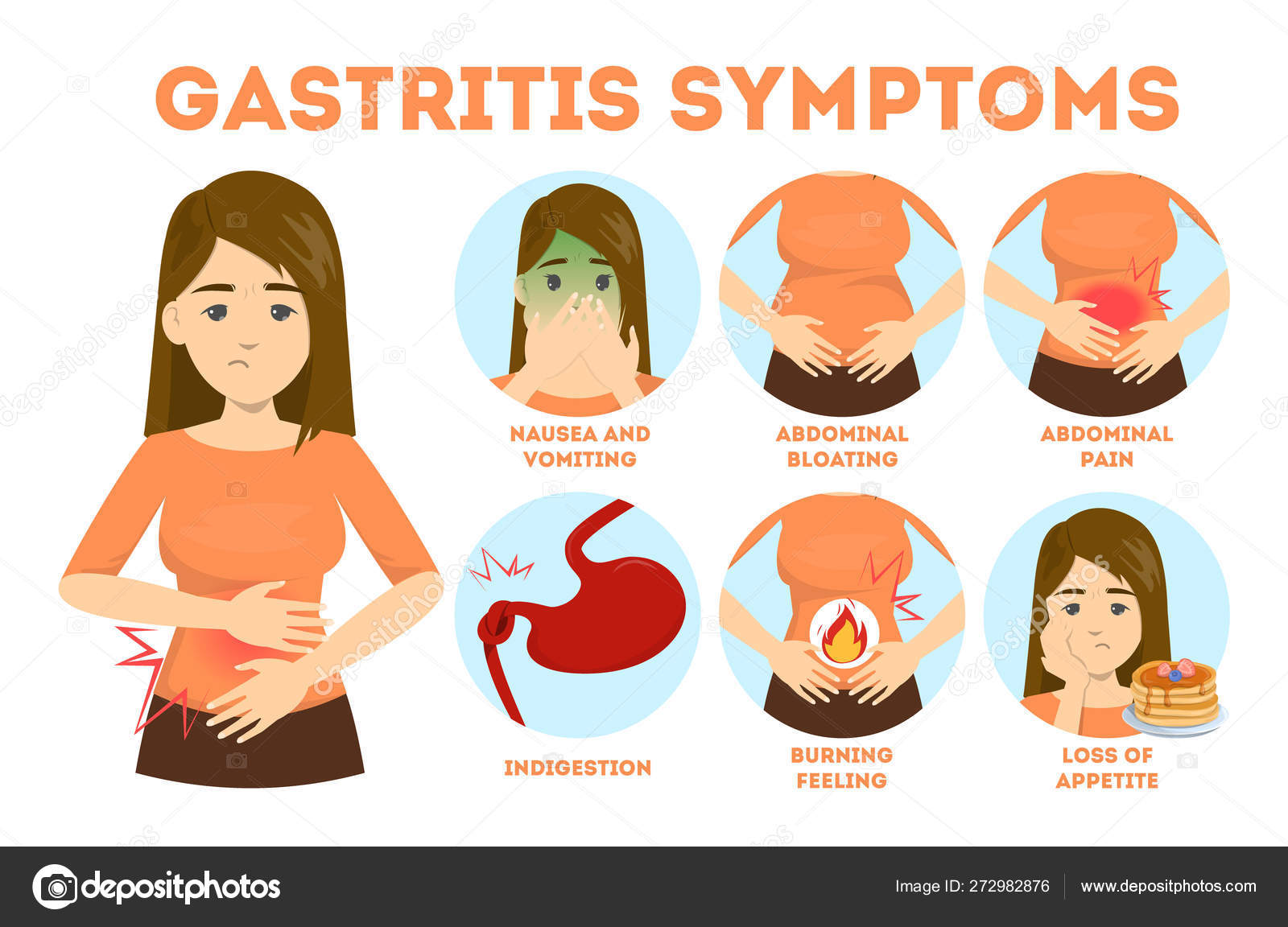
Consider talking to your doctor if you experience symptoms that may be disturbing your sleep, who can best recommend treatment appropriate for your case.
Additional Tips to Control Acid Reflux at Night
You can also make some lifestyle changes that may help you manage the occurrence of acid reflux at night and promote a well-rested night.
Some of these lifestyle recommendations include:
- Limiting alcohol intake, heavy meals, fatty meals, and nighttime snacks
- Eating in the early hours of evening time
- Managing bodyweight if you’re overweight or obese
- Quitting smoking
- Avoiding drugs that may limit the functioning of the esophagus like non-steroidal anti-inflammatory drugs (NSAIDs)
A doctor may also prescribe medications or recommend surgery to treat GERD when appropriate. Talk with your doctor about your symptoms so they can prescribe treatment or lifestyle recommendations to manage your condition and improve your sleep health.
If you have GERD, you’re not sentenced to a lifetime of sleepless nights from acid reflux at night. By making simple tweaks to your sleeping position—choosing the Incline + Left-Side sleeping—you can take control of your symptoms and get the recovery sleep everyone deserves.
How to stop diarrhea quickly and reliably
Color scheme: C
C
C
C
Font size:
A
A
A
Images:
Regular site version
- About the polyclinic
- 29.01.2019
Views: 210495 There are several traditional remedies for diarrhea. The principle of their action is different, although in 90% of cases the cause of diarrhea is infection. Therefore, the choice of a remedy for diarrhea should take into account that this condition is only a symptom, which must be dealt with by acting on the cause.

In an acute intestinal infection, choosing a drug that acts only on the symptom can be dangerous. For example, Imodium and its cheaper counterparts containing loperamide stop diarrhea by stimulating the gut’s opiate receptors. This leads to the fact that the tone of the locking sphincters increases, and the liquid from the feces is intensively absorbed back into the intestine. And this means that toxins, which are formed in excess as a result of infection with pathogens of intestinal infections, are also absorbed into the blood. Therefore, Loperamide is not so safe: it is forbidden to give it to children under 6 years of age.
The best choice for an intestinal infection is a drug that acts in the intestinal lumen and eliminates pathogens, doctors say. Therefore, for diarrhea in adults and children, drugs are used – derivatives of nitrofuran. Furazolidone, which is included in this series and has been quite popular for many years, despite its low cost, due to its side effects (toxic effects on the liver), has lost the palm to Nifuroxazide, a safe antiseptic that acts exclusively in the intestines, not being absorbed into the blood.
 Popular and recommended by doctors and pharmacists Nifuroxazide is the European drug Enterofuril. It has three forms (capsules of 100 and 200 mg, suspensions of 200 mg / 5 ml, which can be given to children from 1 month), so it is convenient to use. It has proven itself in the rapid treatment of diarrhea caused by bacteria, however, with viral diarrhea, its use is justified, doctors say: this drug prevents bacterial complications that almost always accompany viral diarrhea.
Popular and recommended by doctors and pharmacists Nifuroxazide is the European drug Enterofuril. It has three forms (capsules of 100 and 200 mg, suspensions of 200 mg / 5 ml, which can be given to children from 1 month), so it is convenient to use. It has proven itself in the rapid treatment of diarrhea caused by bacteria, however, with viral diarrhea, its use is justified, doctors say: this drug prevents bacterial complications that almost always accompany viral diarrhea.Foreign and Russian clinical studies have shown that the drug preserves the beneficial intestinal microflora, eliminating such common infectious agents as Salmonella, Escherichia coli, Shigella – the causative agent of dysentery. The effect has also been proven against the bacterium Helicobacter pylori, which plays a major role in the development of gastritis and stomach ulcers.
When choosing Nifuroxazide for a child, you need to be careful: the dosage of Nifuroxazide recommended by the Ministry of Health for a child is 100 or 200 mg, depending on age, and in the form of a suspension of 200 mg in 5 ml.
 In pharmacies, there is a suspension with a higher dosage of 220 mg / 5 ml from other manufacturers, which attracts a slightly lower cost. However, it is better to follow official recommendations and not take risks, because we are talking about the health of the child.
In pharmacies, there is a suspension with a higher dosage of 220 mg / 5 ml from other manufacturers, which attracts a slightly lower cost. However, it is better to follow official recommendations and not take risks, because we are talking about the health of the child.Nifuroxazide is important to have in the traveler’s first aid kit: a change in the usual water and food is very often the cause of “travelers’ diarrhea”, equally insidious for both children and adults. If your child is over 3 years old, then you can save money and take the universal dosage of Enterofuril 100 mg: an adult will take two capsules, and one is enough for a child. Additionally, it is recommended to use sorbents: they help to bind and remove toxins from the intestines.
Remember that in the case of a severe intestinal infection, accompanied by dehydration, intoxication and other serious symptoms, antibiotics may be required. Therefore, in any case, you must consult a doctor.
Attention should be paid to the prevention of diarrhea.
 Required:
Required:– Observe personal hygiene, wash hands.
– Subject meat, milk, chicken eggs, fish to thorough heat treatment. Wash fruits and vegetables thoroughly before eating.
– If possible, boil water, especially the one that is in doubt. Avoid drinks with ice, as it is not known what water it was made from.
– Store food properly. It is especially necessary to be careful in the summer, when the air temperature is elevated, and food deteriorates faster. If you don’t like the taste or smell of a product, throw it away immediately.https://www.evrika.ru/show/kak-bystro-i-nadezhno-ostanovit-diareyu/fresh_feed/3
Insomnia, sleep disturbance and drowsiness in VSD
Symptoms: difficulty falling asleep, cannot fall asleep until morning, cannot fall asleep at night, lack of sleep, interrupted sleep, insufficient sleep duration, light sleep, early awakening with inability to fall asleep again, chronic fatigue syndrome, weakness, decreased performance, fatigue, anxiety, headache .

Sleep disturbance in autonomic nervous disorder can be manifested by frequent insomnia at night, constant sleepiness during the day, chronic lack of sleep. Sleep problems entail a feeling of constant fatigue and a general deterioration in well-being. The symptom is often associated with a diagnosis of chronic fatigue syndrome, with headaches, increased anxiety and fatigue.
If the sleep disorder becomes chronic, and clinical studies do not reveal serious pathologies, if there is no disturbance of the circadian rhythm for specifically identifiable reasons (daily work schedule, night shifts), then an examination of the autonomic nervous system should be performed.
Case studies
Woman, 28, manager.
A young woman came to the Clinical Center for Autonomic Neurology with complaints of a sleep disorder. Since August 2014, I could not fall asleep at night until 5-6 am 2-3 times a week. Since January 2015, a feeling of heaviness behind the sternum has joined during insomnia.
 From the beginning of February there were bouts of general weakness and pre-syncope.
From the beginning of February there were bouts of general weakness and pre-syncope.The patient also had numerous other symptoms of the disease: tinnitus, eye strain, shortness of breath attacks, increased anxiety, very frequent headaches, burning sensation in the back of the head. The woman was examined at the Department of Nervous Diseases – the doctor diagnosed VVD, prescribed antidepressants. Such treatment did not bring relief. The headaches were relieved after taking a nise pill or walking in the fresh air.
At the Center for Autonomic Neurology, a study of heart rate variability showed that the woman’s body was under tremendous stress, trying to adapt to the most elementary everyday physical and mental stress. A study on a thermal imager showed a violation in the work of several autonomic centers of the nervous system.
4 months after the first course of treatment, the patient had no sleep problems. In the second month after the second course, the general state of health improved completely.

Male, 37 years old, television director.
A man contacted us in September 2013. Over the past 2 years, the patient was disturbed by insomnia at night, weakness during the day, increased sweating, numbness in the limbs, constant heaviness in the head, aches and stiffness in the neck, and also periodically there was discomfort in the chest area.
The man could not fall asleep until 3-4 am. During a night’s sleep, he woke up 2-3 times a night, with difficulty falling asleep again. In the morning I got up completely tired and broken. During the day I experienced drowsiness and a breakdown.
The patient’s work was associated with television, therefore, it involved serious physical and psycho-emotional stress: irregular work schedule, stressful situations.
In the center of autonomic neurology, the patient underwent one course of treatment. Two months later, he resumed active work. A few months later, there was a steady improvement in the general condition.
 The man felt absolutely healthy, calmly endured the stress at work, sleep problems no longer bothered.
The man felt absolutely healthy, calmly endured the stress at work, sleep problems no longer bothered.Other symptoms of VSD
Shortness of breath, difficulty breathing
Strong heartbeat, rapid pulse
Trembling in the body, shaking hands
Sweating, perspiration, heavy sweat
Stomach pain, burning in the abdomen
Heaviness in the head, headache
Muscle tone, neck muscle spasm
Urinary incontinence
Fear, anxiety
Intestinal discomfort, diarrhea
Blurred vision
Presyncope
Sleep disorder, insomnia, drowsiness
Subfebrile temperature
chronic fatigue syndrome
Meteosensitivity
myths and the truth about VSD
– put yourself in the place of the doctor. The patient’s tests are fine. All kinds of examinations from ultrasound to MRI show the norm. And the patient comes to you every week and complains that he feels bad, has nothing to breathe, his heart is pounding, sweat is pouring down, that he constantly calls an ambulance, etc.



 Popular and recommended by doctors and pharmacists Nifuroxazide is the European drug Enterofuril. It has three forms (capsules of 100 and 200 mg, suspensions of 200 mg / 5 ml, which can be given to children from 1 month), so it is convenient to use. It has proven itself in the rapid treatment of diarrhea caused by bacteria, however, with viral diarrhea, its use is justified, doctors say: this drug prevents bacterial complications that almost always accompany viral diarrhea.
Popular and recommended by doctors and pharmacists Nifuroxazide is the European drug Enterofuril. It has three forms (capsules of 100 and 200 mg, suspensions of 200 mg / 5 ml, which can be given to children from 1 month), so it is convenient to use. It has proven itself in the rapid treatment of diarrhea caused by bacteria, however, with viral diarrhea, its use is justified, doctors say: this drug prevents bacterial complications that almost always accompany viral diarrhea.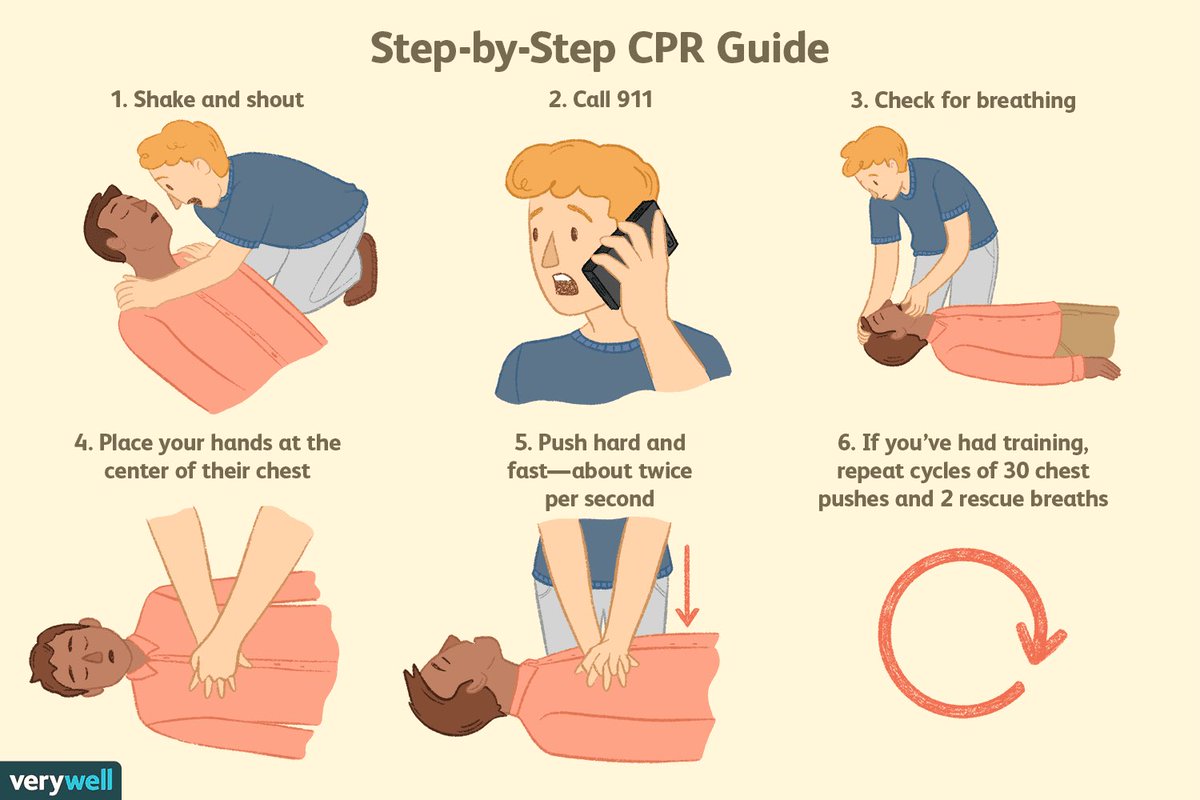 In pharmacies, there is a suspension with a higher dosage of 220 mg / 5 ml from other manufacturers, which attracts a slightly lower cost. However, it is better to follow official recommendations and not take risks, because we are talking about the health of the child.
In pharmacies, there is a suspension with a higher dosage of 220 mg / 5 ml from other manufacturers, which attracts a slightly lower cost. However, it is better to follow official recommendations and not take risks, because we are talking about the health of the child. Required:
Required: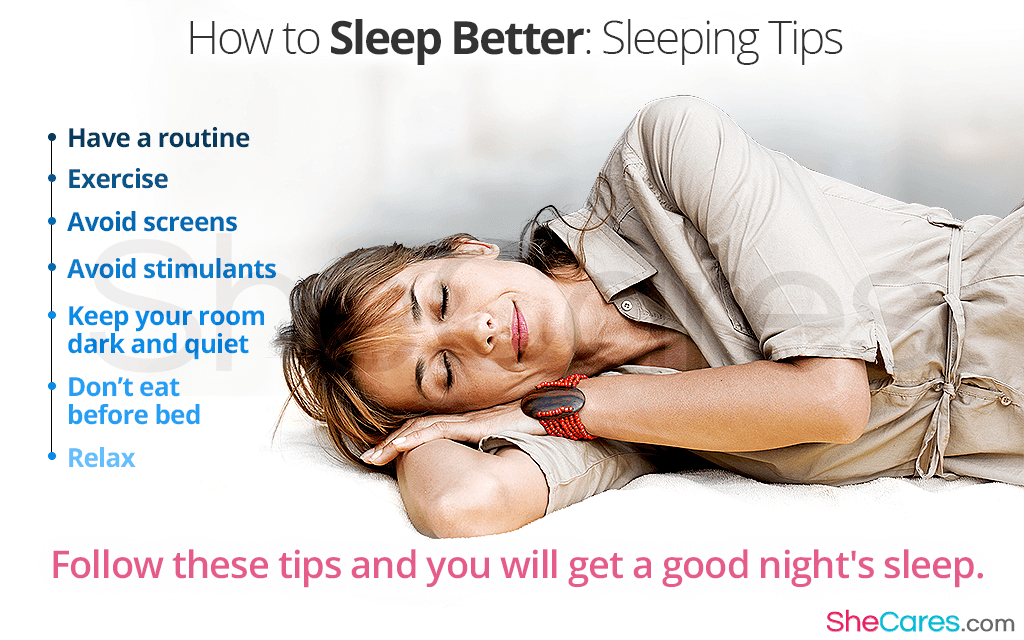
 From the beginning of February there were bouts of general weakness and pre-syncope.
From the beginning of February there were bouts of general weakness and pre-syncope.
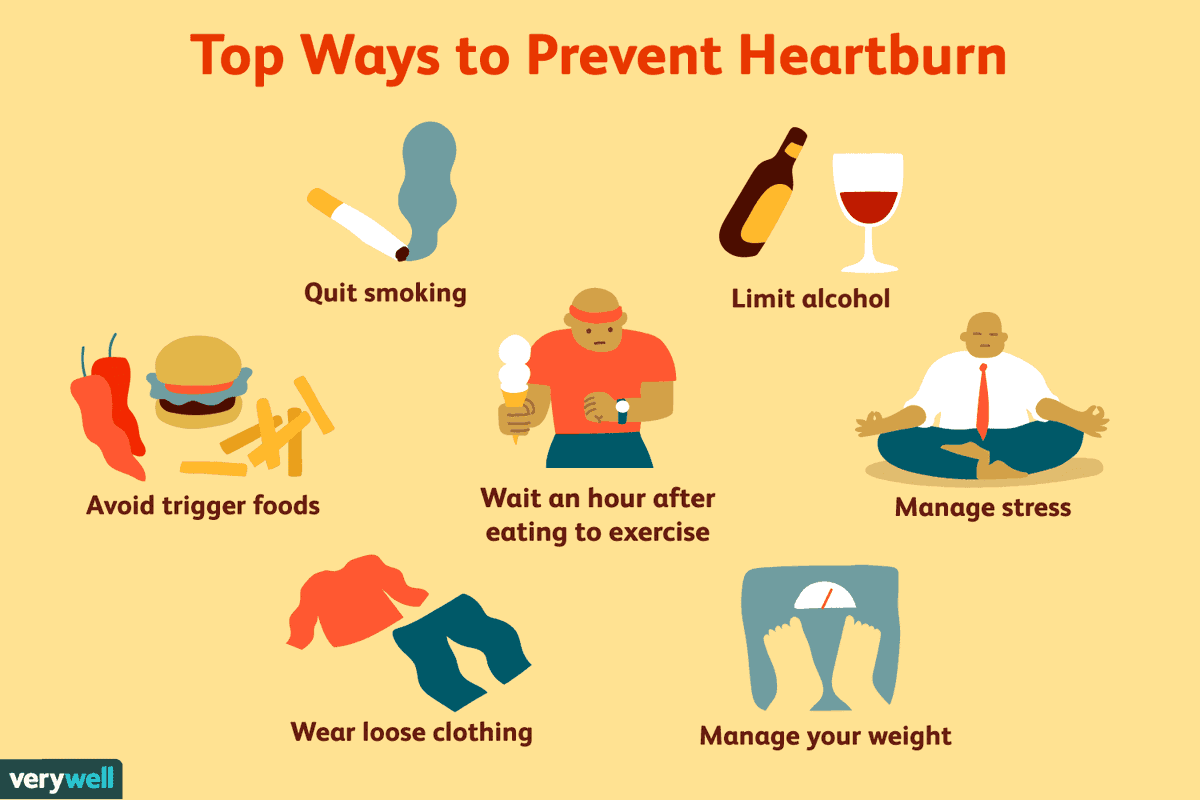 The man felt absolutely healthy, calmly endured the stress at work, sleep problems no longer bothered.
The man felt absolutely healthy, calmly endured the stress at work, sleep problems no longer bothered.